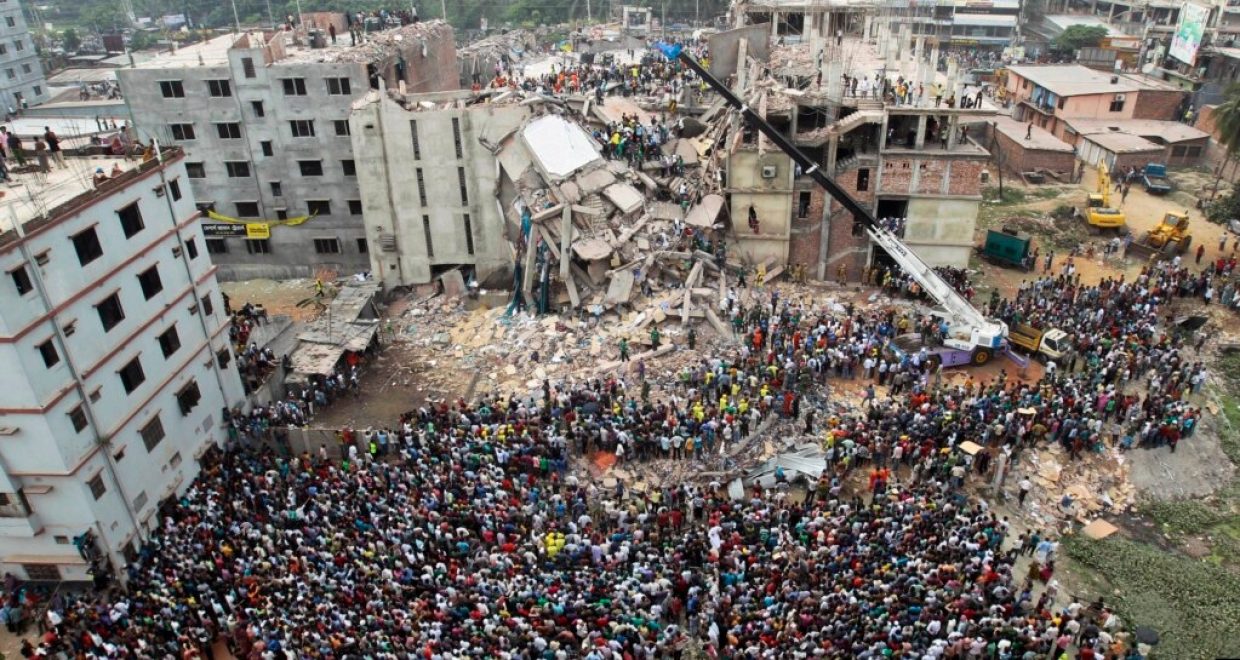Rana Plaza, 10 years on: time for brands, unions and the industry to work together
On February 3, 2014, I wrote here about the hell which workers at Rana Plaza had gone through, and finished by asking ‘Where do we go from here?’
My pessimism in 2014 about Bangladesh’s readymade garment industry exports has proved unfounded. In only seven months, from July 2022 to January 2023, exports stood at $27.42 billion, registering a growth rate of 14.31% on a year-on-year basis. Way back in 2013-2014, right after the Rana Plaza collapse, export from Bangladesh was $24.49 billion, followed by 2014-15 number of $25.49 billion and it has continued to grow ever since. The last export figure of 2021-22 registered an export figure of $42.61 billion.
What led to this growth? The answer is pretty straightforward this time around. Bangladesh has remediated over the last ten years. The factory situation with regard to structural, fire and electrical integrity stand at an A++ level. Thanks to the international partners, namely Accord and Alliance, who had come in and intervened as early as May 2013 and began pushing factories to change their ways of business, things worked, things turned around. Today, the industry boasts about having 55 out of the best 100 green factories in the world.
But can Bangladesh RMG sector brag about labour conditions? This answer, this time around, is not necessarily easy to respond to. Minimum wage stands at $88 dollars per day including overtime. Prices of essentials such as onion, rice, wheat and sugar have sky rocketed. Meanwhile, demand for compliance has also shot up leaving a distinct disconnect with sourcing practices. Prices of garments have dipped.
Who will pay the extra? At a time like this, when the countries are waging wars, clothes are not cut to be priorities. Therefore, brands and retailers are as tight fisted as ever, yet trying to cover their own margins. But if the workers need to be paid more, manufacturers need to receive the extra bit, without which changing the wage scene will be a utopia.
Thus, the readymade garment sector of Bangladesh is sprinting to its destiny of cheap volume products instead of marathoning to the ultimate destination of a value added sustainable future. Ten years after the tragedy, the sector needs collaboration from all sides, brands and unions both. The time for finger pointing has to come to an end. Blame doesn’t steer towards progress; it just handicaps innovation.
Unless the brands, unions and the industry work hand in hand, the real success that evolves around the people who work there will be undermined and shortchanged.
Maybe twenty years down the line, while we stand sufficiently distanced from the horror of 24 April 2013, the sector may even turn a new page where the story of the workforce being shielded from want will be etched forever.
Rubana Huq is chairperson of the Mohammadi group. Between 2019-2021, she was the first woman president of the Bangladesh Garment Manufacturers and Exporters Association (BGMEA) She is Vice-Chancellor of the Asian University for Women.
Read more on this topic from the Business and Human Rights Journal, including: “Beyond Rana Plaza: Next Steps for the Global Garment Industry and Bangladeshi Manufacturers” by Motoko AIZAWA and Salil TRIPATHI.





